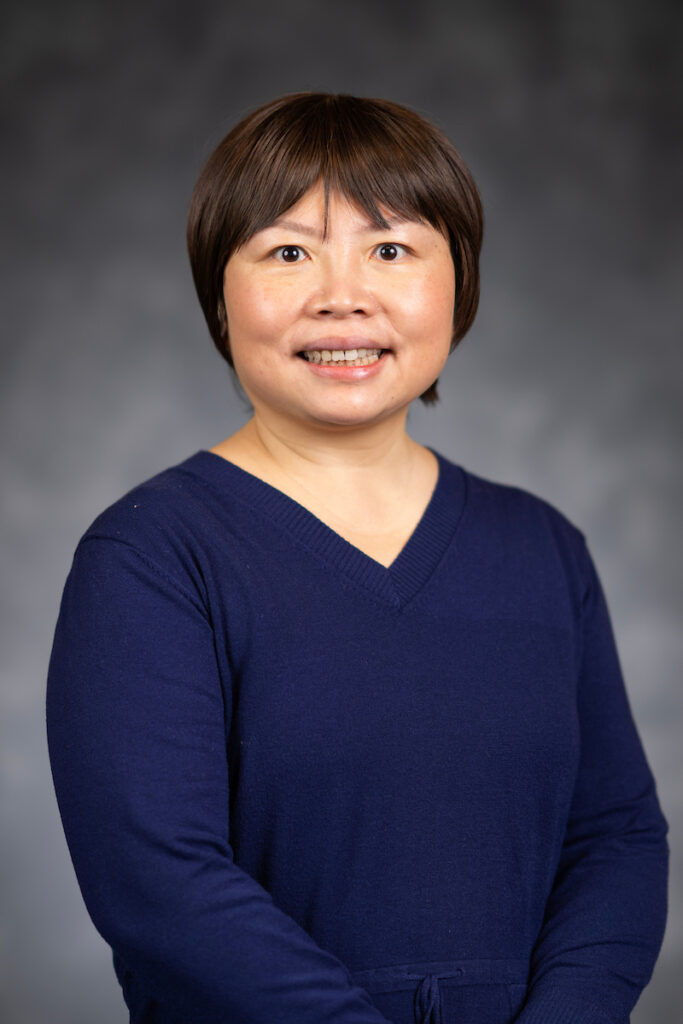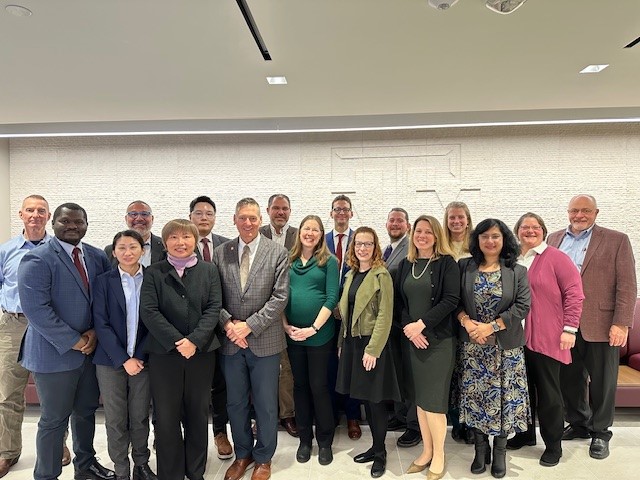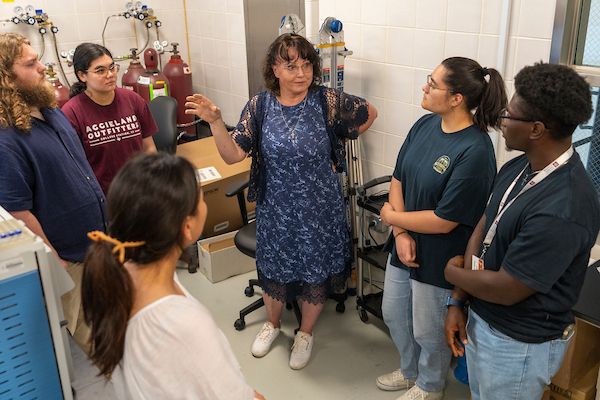Texas A&M team working with Homeland Security to protect US food supply chain from threats
Safeguarding agricultural chains through research, innovation
The disruption of the food supply chain during the first few years of COVID made Americans aware of how critical the ability to move agricultural products reliably, safely and efficiently is, according to Texas A&M AgriLife experts.

A Texas A&M AgriLife-led team is doing their part to protect the U.S. food supply chain from future threats that are accidental, intentional or an act of Mother Nature. The project, Systematic Mapping of Cross-Border Threats to Enhance U.S. Agricultural Security, began in September, 2023, and will continue through August, 2025.
Leading the team is principal investigator Zhihong Xu, Ph.D., associate professor in the Texas A&M College of Agriculture and Life Sciences Department of Agricultural Leadership, Education and Communications, Bryan-College Station.
“Our goal is to be able to deter, prevent, thwart, respond to and recover from any harmful consequences that may arise in the agricultural supply chain,” Xu said.
“Texas plays a crucial role in all of this,” she said. “We are right at the border and agriculture is a massive part of our economy – not to mention how it impacts our environment and our daily lives. From the food we eat to the economic boost our state gets, it’s all tied into this big picture.”
Identifying, assessing threats
Concentrating on identifying and assessing potential threats along America’s agricultural food supply chains, this research is supported by a Department of Homeland Security Center of Excellence within Texas A&M AgriLife Research known as Cross-Border Threat Screening and Supply Chain Defense, CBTS. All results are being shared with the Department of Homeland Security.
“To prepare the country for future potential threats and situations that could cause disruptions, the team is pioneering research to enhance the understanding of how cross-border threats can affect agricultural and food supply chains,” said Gregory Pompelli, Ph.D., director of CBTS. “This research supports the efforts to safeguard these critical components of national well-being, which also have global implications.”
The research findings are shared at a series of conferences held periodically throughout the length of the program in Washington, D.C., with Homeland Security and the officials responsible for the security of the food supply chain.
The importance of food chain protection

“The U.S. is at the heart of an extremely complex global trade network, facing constant threats that can be either intentional or unintentional,” said Matt Baker, Ph.D., head of the Department of Agricultural Leadership, Education and Communications.
Supply chain interruptions can result in health threats, food scarcity and economic losses. Identifying all potential threats systematically can provide a clearer picture and inform policies that strengthen decisions towards preparedness for national security.
“These threats pose significant challenges to the intricate and interconnected supply chain networks that oversee massive volumes of trade critical to the country’s economy and food security,” Xu said. “Because of the complex and interdependent interactions at national and international levels, these threats can impact supply chain networks’ integrity, resilience and security.”
Primary objectives of the project
The project conducts a systematic approach to analyzing threats to agricultural/food security. By synthesizing existing knowledge through systematic mapping, the team aims to identify knowledge gaps, prioritize research areas and promote collaboration to develop a holistic perspective on food and agricultural defense and security, she said.
The systematic mapping study objectives of the program are:
- Identify factors affecting agricultural security.
- Identify impact of threats on agricultural security.
- Develop an information system for research assistance.
The objectives of the conferences are:
- Identification of agricultural security content experts.
- Organization and facilitate future research, especially identified research gaps on the topic.
Texas A&M project team

“By leveraging interdisciplinary approaches that combine social science and agricultural sciences, we aim to shed light on the vulnerabilities of the chains and strengthen the preparedness levels against such disruptions,” Xu said. “Our goal is not only to contribute to the academic body of knowledge but also to provide actionable insights that can help mitigate risks to the U.S. agricultural and food sectors.”
She said through their pioneering research, the team strives to enhance the understanding of how cross-border threats can affect U.S. agricultural and food supply chains, thereby supporting efforts to safeguard these critical components of national and global well-being.
Working alongside Xu are project co-principal investigators Baker; Bruce Herbert, Ph.D., professor, Department of Agricultural Leadership, Education and Communications; Jaehyun Ahn, Ph.D., research scientist, Department of Agricultural Leadership, Education and Communications; and Ashlynn Kogut, Ph.D., associate professor, Department of Teaching, Learning and Culture.
Xiting Zhuang is the postdoctoral research associate for the project; Shuai Ma and Anjorin Adeyemi are the doctoral graduate research associates. Donnalee Sullins, Ph.D., instructional assistant professor, Department of Hospitality, Hotel Management and Tourism, serves as the conference organizer.





